Anyone who knows Cashmere knows that it has five seasons: spring, summer, fall, winter, and fire. Between the summer and fall, the Leavenworth/Wenatchee area suffers from frequent and large wildfires that fill the sky with smoke, push back plans and sports, and, most importantly, cause danger to those living near the fires. Many CHS students were evacuated, especially those living in Nahum Canyon or Sunnyslope.
Washington State follows a simple “Ready, set, go” procedure when it comes to fire evacuations. In a level one evacuation, you should get ready: inform your neighbors of the threat, follow the news, and help others. In level two, you should get “set”. Get prepared to leave, have an emergency kit, move your livestock or large animals, and consider leaving if you have mobility or health issues. Finally, level three means “go”. You are in immediate danger, even if you don’t see it. Delaying evacuation could cost lives, and if you stay, you might not be rescued.
Lots of members of the Cashmere community were on one of these levels during the worst of the Sugarloaf fire, September 23-28, many even being on level three. Even those living in Sunnyslope or Upper Sunnyslope felt the effects of the fire. CHS sophomores Harper Nelson and Katarina Hansch both had to evacuate from their homes.
Hansch, who lives in Upper Sunnyslope, said, “I took some clothes, I took my stuffed animal because it’s my favorite and I didn’t want it to burn in the fire,” when talking of her experience with the evacuations.
CHS freshman Nicoli Sambuceto lives about four miles up Nahum Canyon Road. He said, “I got home after school, I got ready to go down to coach my brother’s football team. When we were leaving, you could barely see the fire cresting over the ridge. When we got back about an hour and a half later, it made [it], like, five miles down the ridge, so then we were placed on level three and had to evacuate.” He explained how he didn’t fully feel in danger, but as of September 30, he is still residing in the safety of his grandparents’ house to wait for it to be safe to return to his home.
CHS junior Grace Hodges shared her experience being evacuated from Nahum Canyon as well. She said, “I didn’t know about it. Like, I was at the football game because . . . the Sugarloaf Fire had been a lot higher up, but you could see it, like when we left we could see the flames . . . [at the football game] I got a call that we were on level three evacuation . . . Officials were coming to people’s doors, and just handing them slips that said ‘level three evacuation notice . . . you gotta get out’.” She evacuated to her friend Vancy Wheeler’s house, calling her an “American Hero” for helping her in her time of need.
Hodges said that when she left, she brought both sentimental things and important documents, explaining how she grabbed her baby book, polaroids she had of her friends, and her birth certificate and similar papers.
“What was hard was that when the level three came, it was like eight o’clock at night. It was dark out, and so you could see the fire on the horizon. It’s just like, it’s coming towards you,” Hodges said when explaining how scary it was to see the fire when trying to get back to get her valuables from her house. Grace also said that there were firetrucks and police cars lining the road, and while she was driving up the canyon to her house, there were lines of cars streaming out.
Kaylee Smith, a sophomore, lives at the top of Nahum Canyon, about where the gravel stops. Her evacuation was tricky because she had six horses she had to bring to safety, as well as her family and important items. She explained how she had to load the first round of horses into her four-horse trailer and come back for the other two after dropping them off at Appleatchee Riders in Wenatchee.
“. . . As you progressively get closer to it . . . it’s not a sight you want to go towards, so it’s definitely terrifying,” Smith said. “I definitely cried a lot, but it’s just because it was like ‘oh this is real, I could lose my house’, that’s terrifying.”
It is clear that having to evacuate from your house and grab your valuables is super stressful, and it shows how many students have missed school to prioritize their safety, family, and home.
“A lot of teachers were really lenient about, like, the fire stuff . . .” Grace said, mentioning that she could take time to situate herself in the weird circumstances. Fortunately, both Kaylee and Grace have been able to return to their homes safely.
Cooper Hauck, a sophomore at CHS who lives about three miles up Nahum Canyon, decided not to evacuate despite being on level three and being able to see the fire. Cooper’s family gave him the choice to leave and go to his grandparents’ house, but he ultimately decided to stay.
Hauck explained his experience with staying. “…A bunch of firefighters and cops came to our house, and they were, like, telling us we need to leave. . . the hillside in front of us was on fire, and the fire was like, coming over. They were telling us we needed to leave, but we said we didn’t want to leave . . . that night, like, hundreds of firetrucks and other cars were racing up and down the canyon. . . they wouldn’t let us up or down the canyon for the rest of the week.”
His reason for not evacuating was simple: his family didn’t see the danger. “There’s a lot of fires up there. We get put on level three, like, once every couple of years, and my family’s always lived up there, and they, I don’t know, my dad and my grandpa have never left,” Cooper said. “We didn’t really see an impending threat . . . If the fire got really, really close, we would leave, but for now, we thought we were fine.”
He explained how the fire was still a mile and a half away from them, and he knew there were a bunch of people working on controlling it. He thought that his house was safe because there were bodies of water around it and not enough fuel, such as dry grasses or trees to keep the fire burning if it did make it that far.
When asked about what his experiences with the firefighters were like, Hauck said, “They were really nice about it, they seemed really calm, they were just like, ‘do you just want to leave or not’ and my family said they didn’t want to leave . . . we were on level three for a week or so, and they kept coming to our house and making sure we were okay and they moved stuff away from our house in case the fire got there it wouldn’t like, burn our house up, and they also put retardant around our house . . . they were super nice.”
It is clear that the fires posed a serious threat to much of the Cashmere community, whether they decided to evacuate or not. At the end of the day, the firefighters and other brave officials who put their lives on the line to prevent the fire from causing as much damage as it could are to be thanked for the lives and homes that are still here.


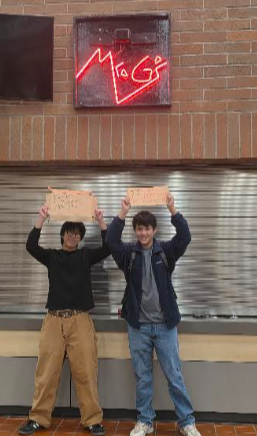
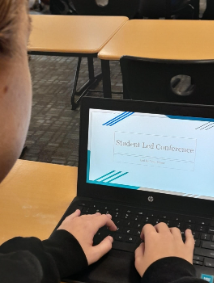
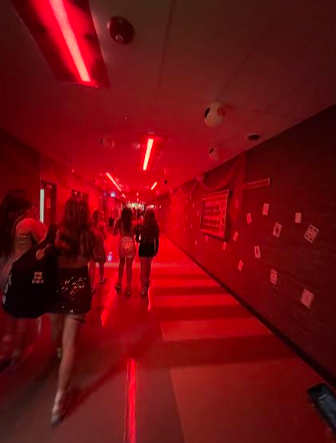
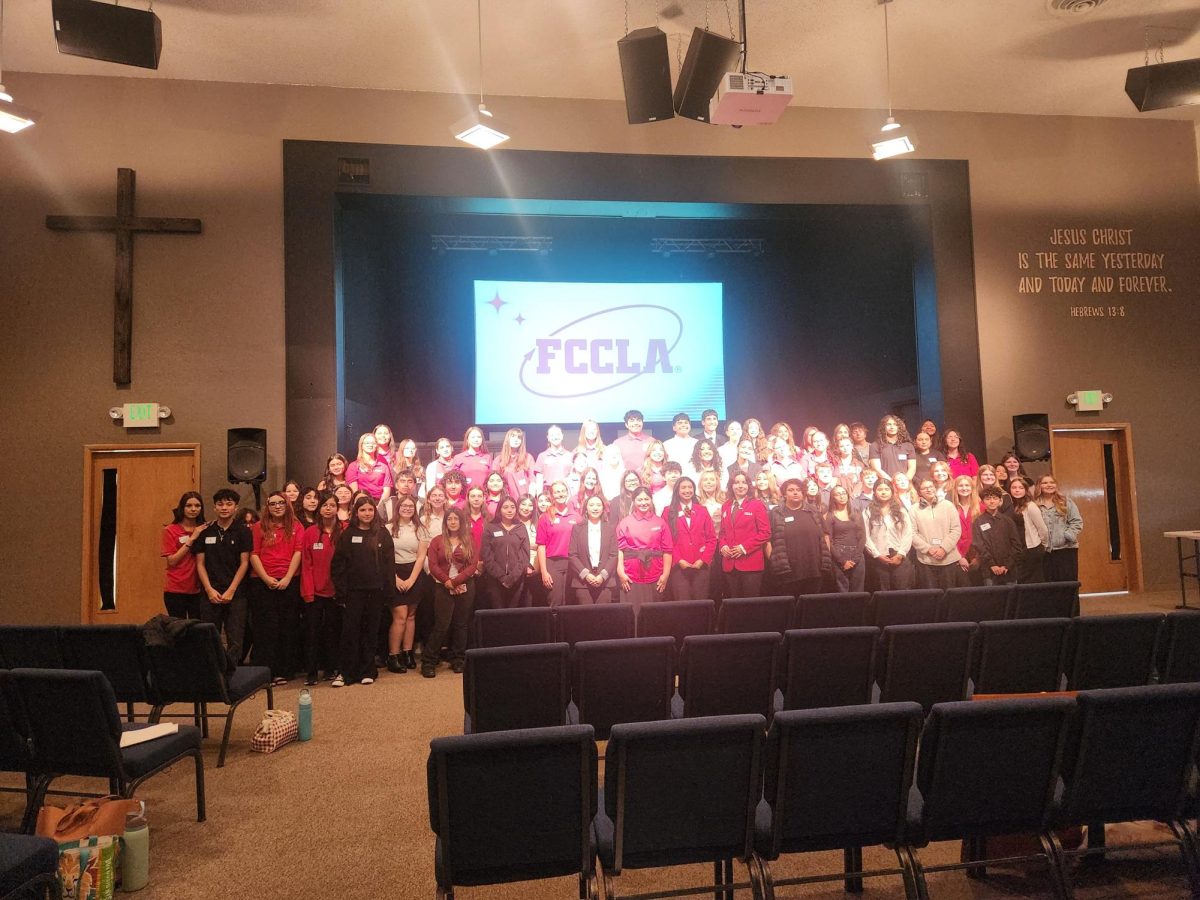



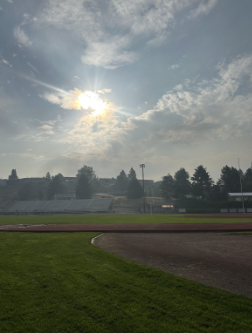
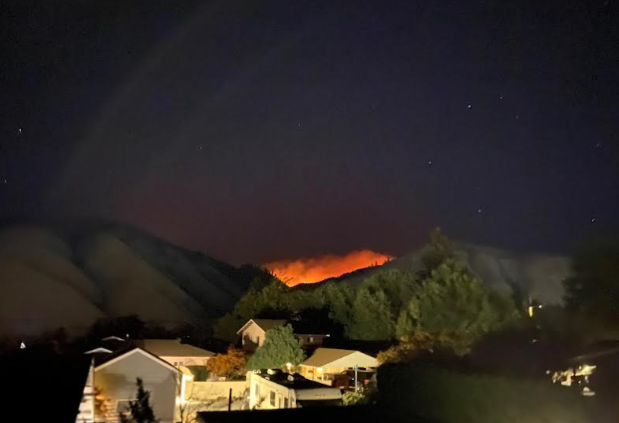
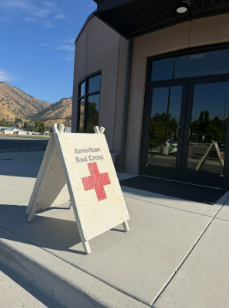
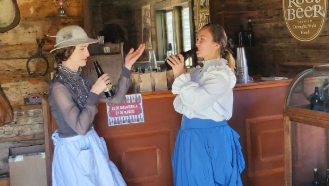
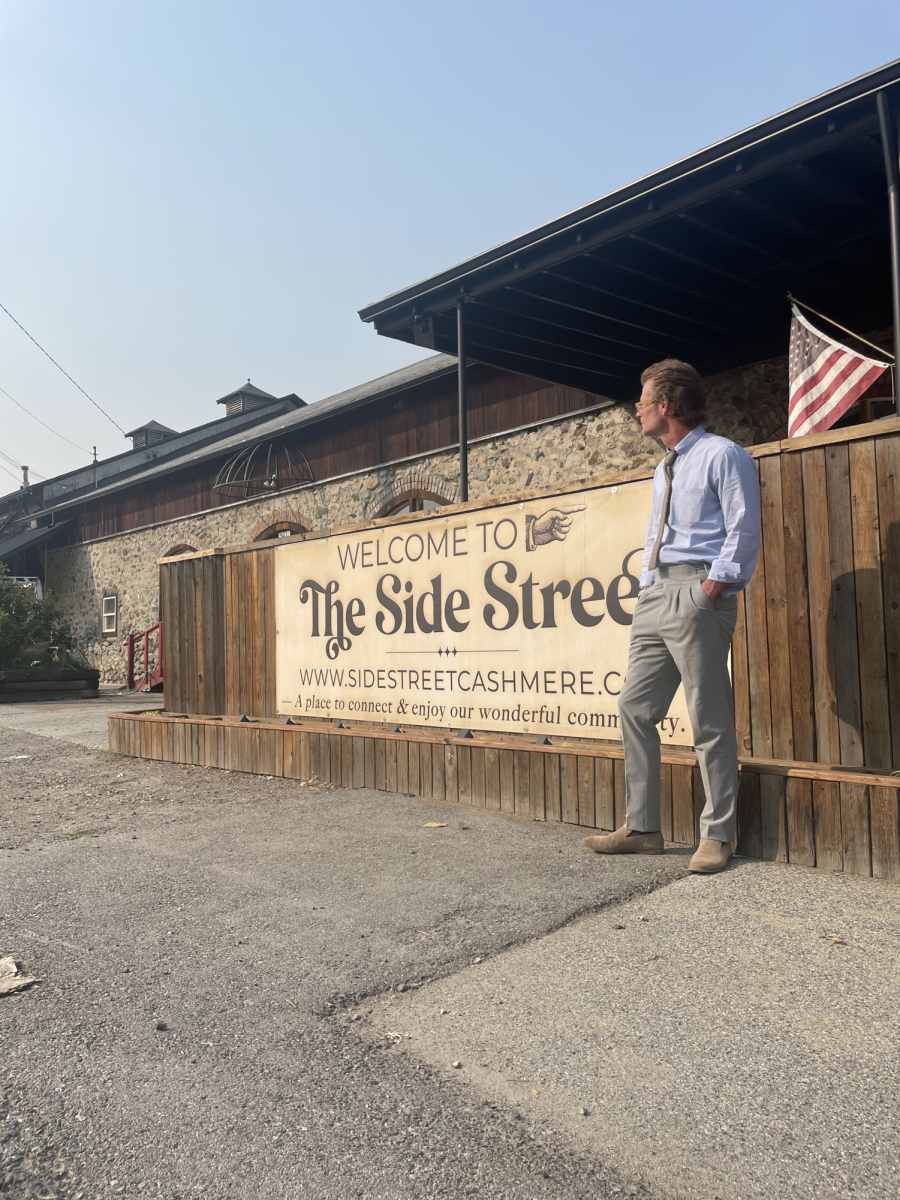





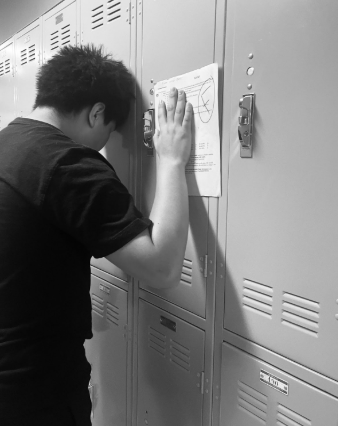

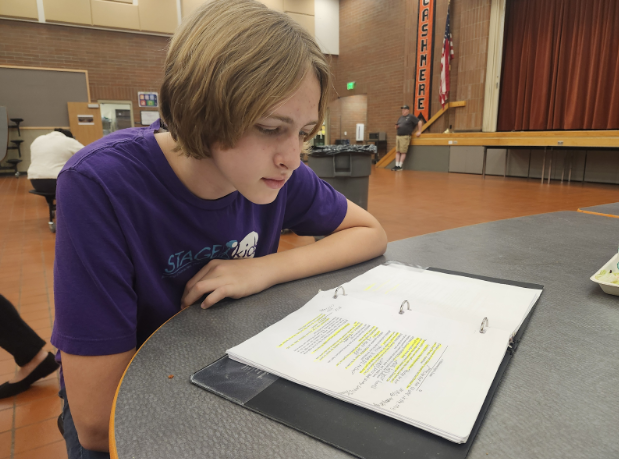




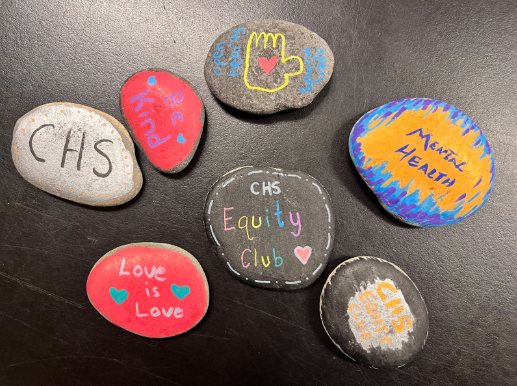

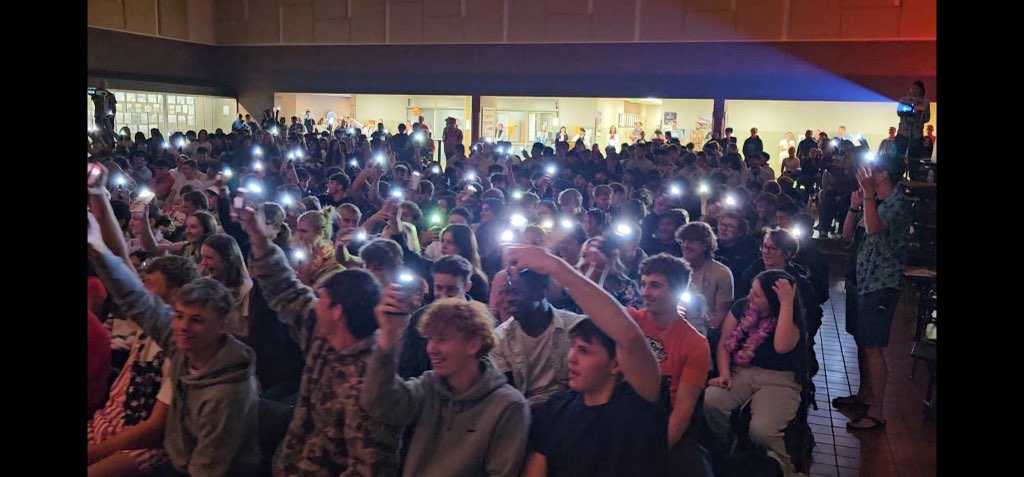
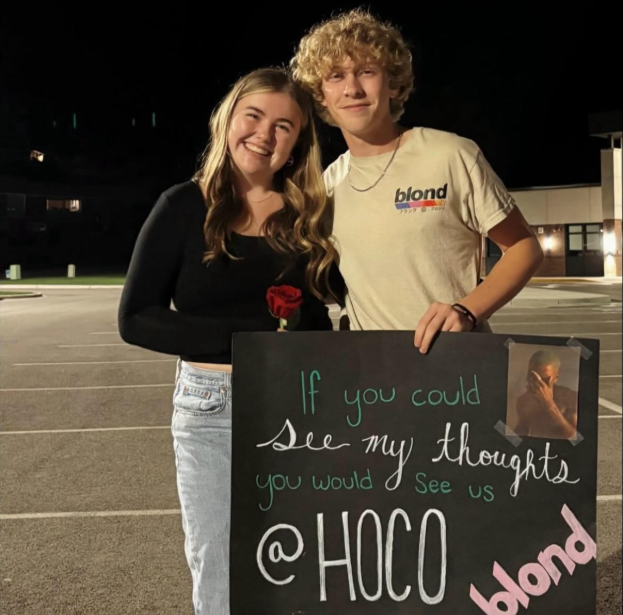

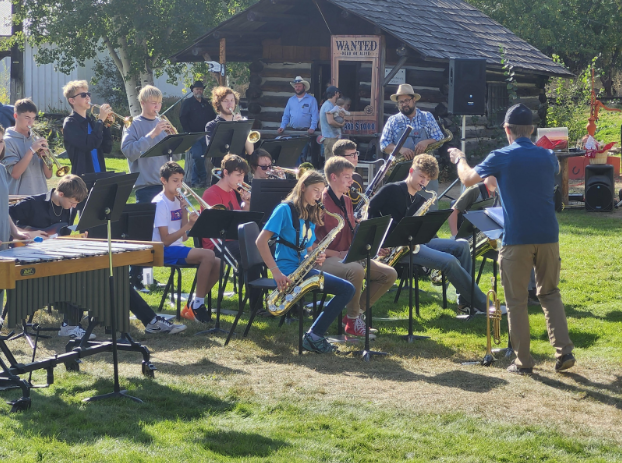
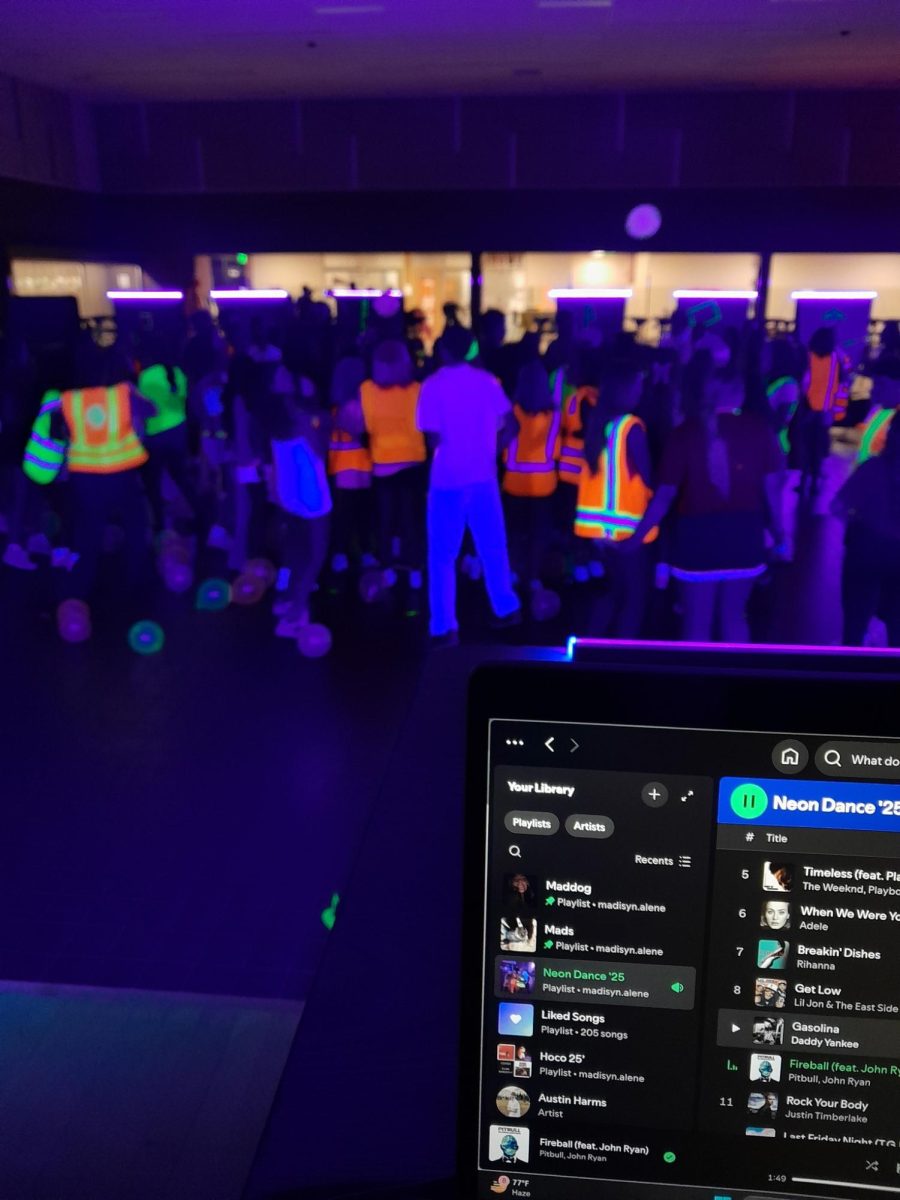
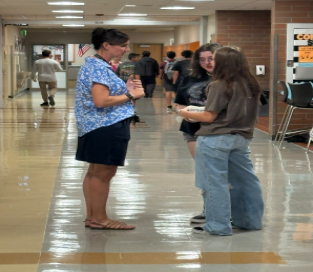
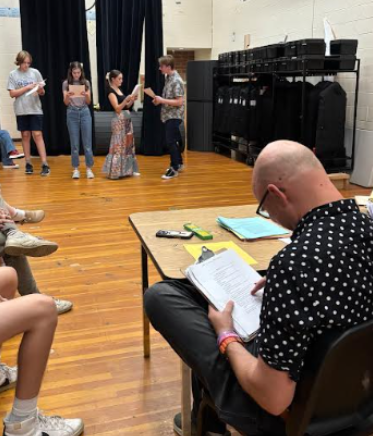

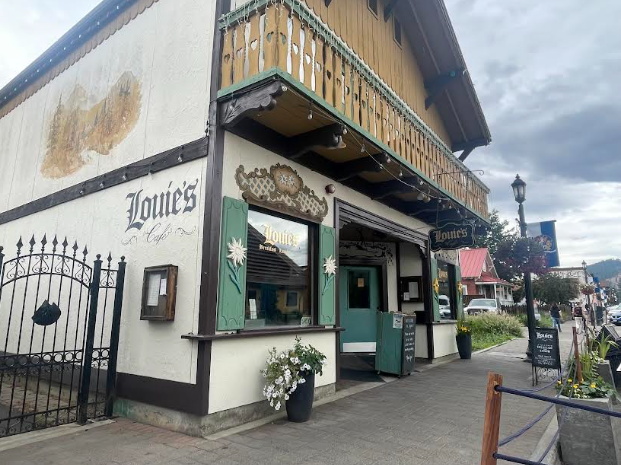
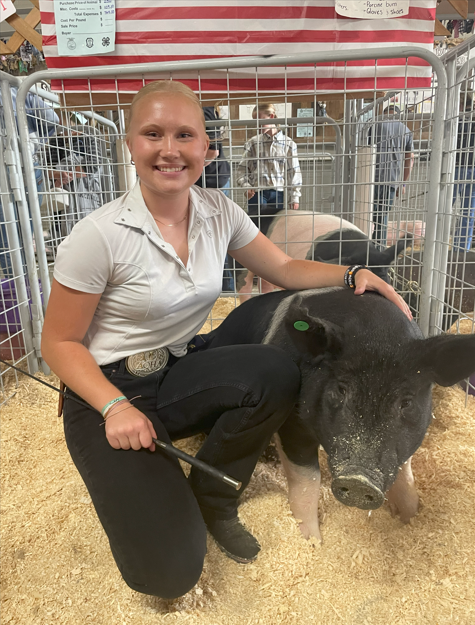



Hannah Cox • Oct 5, 2025 at 10:20 pm
This is an amazing article, Ella! The writing was beautiful, and it was a great story to read, seeing how much these fires affect people’s lives was sad but interesting to read about. The way you wrote this news story was a great article for you and the newspaper!